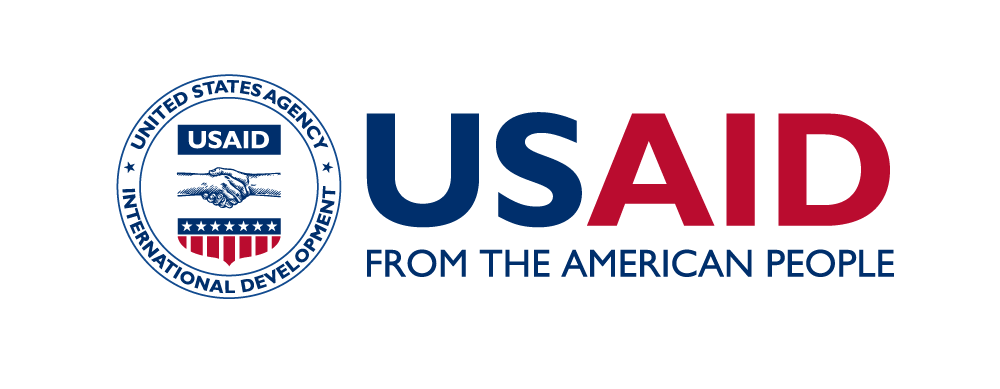About the Project
The project provided outstanding planting materials and guidance on crop management to coffee growers in El Salvador, Honduras, and Guatemala so they could respond successfully to the triple crisis faced by coffee: the rust disease, changes in rainfall and temperatures, and persistently low coffee prices.
- The plants introduced were the H1 hybrids Centroamericano and Milenio, plus varieties of proven quality that were little known in the region.
- From the start of the project in October of 2017, 105 demonstration plots were established on farmers’ farms, thus ensuring that they take ownership of the new plants and cultivation methods.
- The plots were set up in different agro-ecological zones and the project monitored the plants’ performance. These hybrids and varieties were demonstrated to more than 25,000 producers.
- The hybrids produced coffee within a year of their planting and in the second year they yielded a harvest of marketable volume.
- Yields are 30% higher than those of traditional varieties and the hybrids have been proven to be resistant to leaf rust. Their cupping quality, evaluated by certified coffee cuppers, is around 85 points.
- The high yields, good quality and early maturation, plus the savings arising from a virtually non-existent need to apply fungicides, generate significantly higher incomes for farmers, helping them mitigate the economic crisis.
- Environmentally, the hybrids are better adapted to high temperatures and prolonged dry spells since they withstand more water stress, owing to root systems more developed than those of traditional varieties. Their strong stems make them less susceptible to berries being knocked to the ground in heavy rains, above all near harvest time, and this means lower losses of harvests.
- The hybrids’ performance brought them to the attention of several producers who are now planting them on a commercial scale on their own initiative. Other groups and cooperatives like ARUCO in Honduras (254 members)requested the opportunity to participate in the project and gain access to the hybrids.
- The success of the participatory approach also spurred interest on the part of Nestlé, S. A. At the request of Nestlé, the project included the company’s own hybrids (GPFA-108, 109, 110, 119 y 123) in 46 of the demonstration plots. Yara, one of the largest agricultural input companies in the world, formulated and donated fertilizers for the demonstration plots in the three countries.
- Training was provided in managing the new plants, measures for environmental protection and options such as organic production, beekeeping and diversification crops.
- The Project worked with women’s groups, training 5,629 female coffee famers in the three countries.
- The lack of genetic purity of currently planted varieties is a major problem in Central America. Many producers request large quantities of seed unaware that generally they have been produced without considering the relevant regulations, technical norms and seed quality. Accordingly, the project used only genetically pure planting materials.
- In addition, the project wrote and disseminated a manual for developing certified seeds for arabica coffees.
- The project facilitated for participating cooperatives the establishment and operation of plant nurseries, with emphasis on quality and genetic purity.
- The project provided information and alerts about climate for each cropping season, along with advice for all coffee farmers on measures for adapting to the expected climate conditions.
- Project partners included national coffee associations, many coffee farmer cooperatives and the main coffee exporters in the region.
The many contributions of this project have laid foundations for a profitable, sustainable coffee sector in the region. For that reason, several participants say they no longer think about migrating.


